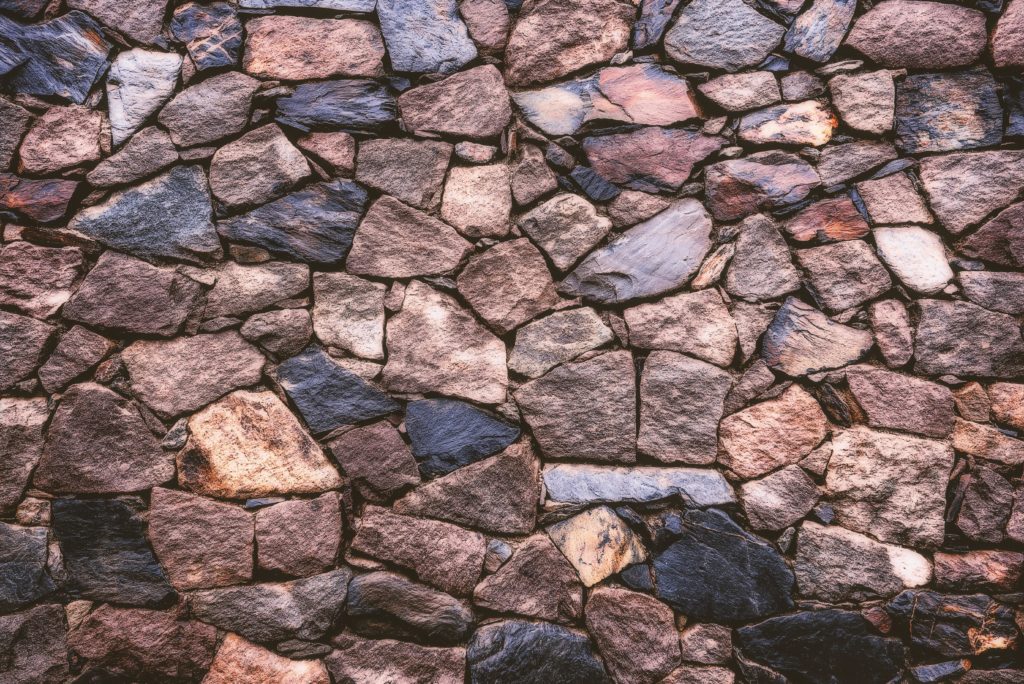
When you first get into landscaping and outdoor design, there are a million terms thrown around that you’re not familiar with. Retaining walls are simply named, and once you understand what they do, they become quite a simple addition to any home’s backyard or garden. Typically made of stone or brick, these charming set pieces have both an aesthetic and practical purpose, making them an ideal feature for your yard.
The purpose of retaining walls is all in the name. To put it simply, they’re designed to retain soil to one area — usually a slope that wouldn’t exist without a retaining wall holding the dirt up. Retaining walls are usually used to accentuate a landscape that’s undergone terraforming, resulting in uneven terrain with high dirt walls that would crumble on their own.
While typically built with brick or stone, retaining walls can be built with virtually any material, provided it’s strong enough to stand under the weight of the soil it’s retaining. There are different types of retaining walls, but they all serve this fundamental purpose — hence their name!
So, what are some different kinds of retaining walls? The first kind we’ll mention is gravity retaining walls, which rely on their own weight to hold back the dirt, soil, or sand they’re trusted to retain. Often made with concrete blocks or large bricks, these types of retaining walls are ideal for sections of landscaping built on stable ground that won’t sink or recede underneath large amounts of weight. Landowners should also be aware of the large scale of labor required during construction, as gravity retaining walls are restricted to their own weight when it comes to how strong they can be.
Reinforced retaining walls are considered to be a more advanced form of construction than gravity retaining walls, which are a somewhat antiquated way of doing things. In addition to stones, concrete, or bricks, reinforced retaining walls, as their name would suggest, are reinforced with iron rods or steel poles to help bear weight. Spread out across a foundation, these rods allow the retaining walls to withstand whatever weight they’re tasked to hold back without bulging outward or developing cracks in masonry. While not necessarily traditional construction, these retaining walls are definitely among the most reliable options currently available.
Finally, natural earth walls are another kind we wanted to mention, purely for their novelty. Modeled after archaic walls built in the Dark Ages, these earth walls are made with soil itself, which stand on top of itself to form a natural barrier perfect for any idyllic, rustic landscape. Homeowners that prefer a more natural look to their landscape might decide to opt for this option. While it requires a little more work to construct, costs for materials are virtually nonexistent, as the only thing required is the soil already present in the ground.
Reach out to our experienced contractors today to get your very own retaining wall in your yard.